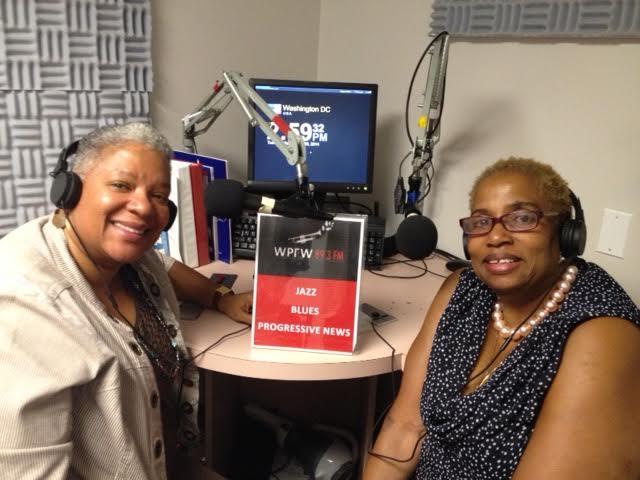January 15th was the day we celebrated the dreamer-activist Rev. Dr. Martin Luther King Jr. and February is the month we celebrate Black History. As an older, African American, lesbian, activist, scholar, wife, mother, grandmother, sister, caregiver, friend, it is traditionally a time for me to reflect on the history and herstory of me and my ancestors in this country and across the globe.
I grew up wanting a house with a white picket fence. I guess those dreams came from the fairy tales of my childhood. I remember moving into a house in southeast Washington, DC where we were the only black family at the time. I remember hearing about Dr. King‘s advocacy and social justice work, which took him from the South to Chicago’s North Lawndale neighborhood to highlight the structural and institutional barriers of housing (and employment) in the Midwest and in the North. There, Black citizens were often regulated to what was in fact “de facto” segregation. The historic, traditional and sometimes legal practice of not renting or making loans to Black and brown people perpetuated the notion of all-white neighborhoods being “better” and remaining segregated.
People sometimes talk about not wanting to go further South than the Mason-Dixon line because of racism and other -isms. However, Dr. King, found out that some vitriol has no boundaries. He was surprised at the reception he received in Chicago. Dr. King said, “I have seen many demonstrations in the South, but I have never seen anything so hostile and so hateful as I’ve seen here today.”

Dr. Imani Woody (right) and Rev. Candy Holmes speaking about housing on radio station WPFW.
Black History Month is also a time to reassess where we are as a nation and how do I — as an older, African American, lesbian, activist, scholar, wife, mother, grandmother, sister, caregiver, friend — fit in? Is housing better now than it was “back then?” Is it safer? Is it more inclusive? Is it more affordable? I want to shout an emphatic NO!
There is still a lack of affordable, safe and quality housing throughout the United States for black and brown people. There are sections of the country where de facto segregation still exists, where the citizens vote to put the hazardous waste, harmful drinking water, and heavy-handed law enforcement into disenfranchised neighborhoods while building high-end housing developments with green lawns and that white picket fence. Black, brown, and working class people continue to be discriminated against because of their status, redlined and priced out of certain communities. Public housing is shrinking and shelters are increasing. Recent research indicates that housing discrimination is alive and well for LGBTQ/SGL elders trying to rent in many of our cities. LGBTQ/SGL elders can face subtle and overt discrimination by staff and residents in many retirement and nursing homes.
But I think the answer — is housing better, safer, more inclusive? — is ultimately, “yes.” Yes, there is some movement. Lambda Legal is handling an overt discrimination case of a lesbian by staff and residents right now. The National Black Justice Coalition hosted a day-long Institute that included housing as a major topic for discussion. There are organizations like Mary’s House for Older Adults that are creating culturally competent housing and housing environments for LGBTQ/SGL older adults, and groups like the Diverse Elders Coalition are providing outreach advocacy and services that augment housing.
It may be like that old clock that had been keeping perfect time, and you look up and it appears as if it’s losing time. The second hand keeps going around but the minute hand is stuck, somehow. The clock needs new batteries. NOW. So it is with housing. Now is the time for paying attention and being intentional. Examine housing proposals in your city, county and state, and if they don’t seem right to you, call your representatives. Get involved in the process to preserve and create housing. Connect with organizations like Mary’s House for Older Adults, SAGE, AARP, The Task Force, the American Society on Aging, which are all advocating at national, regional and local levels for a better life for elders that includes quality, affordable housing.
Do your part to Charge and Change.
The opinions expressed in this article are those of the author and do not necessarily reflect those of the Diverse Elders Coalition.

